Everything You Need to Know about hFE Transistor
Transistors are crucial components in modern electronic devices, enabling signal amplification and control. Among the important parameters characterizing the behavior of a bipolar junction transistor (BJT), the hFE, or forward current transfer ratio, is a critical factor in determining its amplification capabilities. Understanding hFE is essential for designing and analyzing electronic circuits, especially those involving transistors. hFE directly affects the amplification properties of a transistor and influences the overall performance of a circuit. Proper knowledge of hFE helps in selecting the right transistors for specific applications and optimizing circuit performance. In this comprehensive guide, we'll delve into the hFE basis, explaining its significance and how it impacts transistor performance. By exploring the intricacies of hFE, we can enhance our understanding of transistor operation and their role in electronic circuits.

What is hFE of a Transistor?
The term hFE denotes the forward current gain in a bipolar junction transistor (BJT) in the common-emitter configuration. It is a dimensionless value used to indicate the transistor's effectiveness in amplifying current.
Specifically, hFE represents the ratio of the collector current to the base current of the transistor. For instance, if a transistor has an hFE of 100, it means that for every 1mA of base current, the transistor permits 100mA of collector current.
This renders hFE a critical parameter in the design of circuits employing BJTs. However, it's important to note that hFE can vary significantly among individual transistors of the same type. Therefore, circuit designs typically should rely on more than just a precise hFE value for proper operation.
How to Calculate hFE of a Transistor?

The hFE of a bipolar junction transistor (BJT) is its DC gain, also known as beta (β). It is defined as the ratio of the DC collector current (Ic) to the DC base current (Ib), which can be calculated as follows:
hFE = Ic / Ib
To measure these currents and calculate hFE, you typically follow these steps:
- Set up a circuit where you can control the base current (Ib) and measure the collector current (Ic). This usually involves connecting a known resistance to the base and applying a known voltage across it.
- Measure the base current (Ib). This can be done by measuring the voltage across the known resistance and using Ohm's law (V = IR) to calculate the current.
- Measure the collector current (Ic). This usually involves measuring the voltage across a known resistor connected in series with the collector and again using Ohm's law to calculate the current.
- Divide the collector current (Ic) by the base current (Ib) to calculate hFE.
It's important to note that hFE can vary with the specific transistor, temperature, and collector current. Therefore, it's advisable to design circuits that do not rely critically on a precise hFE value for proper operation.

What is the Function of hFE?
The hFE (or beta) of a transistor is a critical parameter that defines its ability to amplify current, making it vital in various electronic circuits. Here's why hFE is significant:
- Amplification: Transistors are primarily used to amplify signals. The hFE value determines the extent of this amplification—the higher the hFE, the greater the amplification of the input current.
- Biasing: When biasing a transistor to set its DC operating conditions, knowing the hFE is crucial for determining the required base current for a given collector current.
- Circuit Design: Understanding the hFE is essential in circuit design. For instance, in configurations like a common emitter amplifier, the amplifier's gain is directly proportional to the hFE.
- Switching Applications: In digital circuits and other switch-based applications, the hFE ensures that the transistor can effectively turn on or off with a specified base current.
However, it's important to note that hFE varies between individual transistors of the same type due to manufacturing discrepancies. It also changes with temperature and other operating conditions. Therefore, engineers design circuits to function reliably across a range of hFE values rather than relying on a specific hFE value for correct operation.
How to Find the hFE of a Transistor?
The hFE value for a specific transistor is typically listed in the manufacturer's transistor datasheet, which provides essential technical information such as power rating, current capacity, maximum voltage, and hFE.
However, datasheets often specify a range for hFE rather than a precise value due to variations between individual transistors of the same type caused by manufacturing discrepancies. It also varies with operating conditions like temperature and collector current.
To determine the specific hFE for a particular transistor under specific conditions, you can measure it yourself by applying a known base current and measuring the resulting collector current, as explained earlier. Transistor testers are also available for directly measuring hFE.
It's important to note that while the hFE value provides insight into a transistor's behavior in a circuit, it's not a strict rule. The actual value can vary significantly. Therefore, designing circuits to be less dependent on precise hFE values is generally a better approach.

hFE Specifications in Datasheets
| Property | Description |
| Definition | Common-emitter DC gain, representing the ratio of a transistor's collector current to its base current (hFE = IC/IB) |
| Typical Range | Usually between 10 and 500, with most values near 100 |
| Variability | Can vary significantly between transistors of the same type |
| Temperature Sensitivity | Affected by temperature, with hFE decreasing as temperature increases |
| Current Sensitivity | Can vary with the collector current, typically decreasing as collector current increases |
| Bias Setting | Important for setting the bias on a transistor, determining how to bias an amplifier |
| Amplifier Design | Used in amplifier design, where a higher hFE can result in higher amplification |
| Transistor Matching | In some applications, transistors are matched based on hFE to ensure consistent performance |
| Usage in Circuits | Widely used in circuit design calculations, such as determining biasing resistors in a transistor amplifier circuit |
hFE, or forward DC current gain, is a critical parameter in transistor operation and circuit design, influencing biasing, amplification, and overall performance.
Factors Affecting hFE
Temperature Effects on hFE
The hFE of a transistor can vary with temperature. In general, hFE decreases as the temperature increases. This effect is important to consider in applications where the temperature can vary significantly, as it can impact the transistor's performance and stability.
Variation of hFE with Collector Current
The hFE of a transistor is not constant and can vary with the collector current (IC). Typically, hFE decreases as IC increases. This variation is important to consider in circuits where the collector current can vary, as it can affect the circuit's overall performance.
Aging and Degradation Effects on hFE
Over time, a transistor's hFE can change due to aging and degradation effects. These effects can be caused by factors such as prolonged operation, environmental conditions, and electrical stresses. It's important to consider the long-term stability of hFE in critical applications to ensure continued circuit performance.
Applications of hFE in Circuits
Importance of hFE in Amplifier Design
hFE plays a crucial role in amplifier design, especially in determining the gain and input/output impedance of the amplifier. The choice of transistor with a specific hFE value can directly impact the amplification factor of the circuit. Matching hFE values in amplifier stages is essential for achieving balanced performance and minimizing distortion.
Role of hFE in Switching Circuits
In switching circuits, hFE is critical for determining the speed and efficiency of the switching operation. Transistors with higher hFE values are often preferred in switching applications to ensure rapid switching transitions. hFE also influences the drive current required to switch the transistor, which is important for controlling the switching speed.
Other Applications Where hFE is Critical
hFE is also important in various other circuit applications, such as voltage regulators, oscillators, and signal conditioning circuits. In these circuits, hFE affects parameters like stability, bandwidth, and linearity. Understanding and controlling hFE is essential for optimizing the performance of these circuits and ensuring their proper operation.
What is hFE Value of a Transistor?
The hFE value for a specific transistor is typically listed in the manufacturer's transistor datasheet, which provides essential technical information such as power rating, current capacity, maximum voltage, and hFE.
However, datasheets often specify a range for hFE rather than a precise value due to variations between individual transistors of the same type caused by manufacturing discrepancies. It also varies with operating conditions like temperature and collector current.
To determine the specific hFE for a particular transistor under specific conditions, you can measure it yourself by applying a known base current and measuring the resulting collector current, as explained earlier. Transistor testers are also available for directly measuring hFE.
It's important to note that while the hFE value provides insight into a transistor's behavior in a circuit, it's not a strict rule. The actual value can vary significantly. Therefore, designing circuits to be less dependent on precise hFE values is generally a better approach.
Different States of Current Gain
When discussing the current gain states of a transistor, we are typically referring to its various operating regions, each with distinct behaviors. The three main operating regions are:
- Active region (or linear region): Here, the transistor functions as an amplifier. The base-emitter junction is forward-biased, while the base-collector junction is reverse-biased, allowing current flow from the collector to the emitter. The current gain, denoted as hFE or beta (β), is significant and amplifies the input signal.
- Saturation region: In this state, both the base-emitter and base-collector junctions are forward-biased. The transistor is fully conductive, allowing maximum current flow from the collector to the emitter. It behaves like a closed switch, and further increases in base current do not affect the collector current, leading to saturation.
- Cut-off region: Here, both the base-emitter and base-collector junctions are reverse-biased. The transistor is fully non-conductive, preventing current flow from the collector to the emitter. It behaves like an open switch, and since there's no base current, the collector current is effectively zero, resulting in zero current gain.
Other Transistor Gain: hfe & Beta β
Various notations are used to denote transistor current gain, each with its nuances:
- Beta (β): This is the standard notation for the forward current gain of a transistor and is commonly used in electronic circuit design.
- hfe: This notation represents the current gain for a transistor in a common emitter configuration, expressed as an h-parameter. The 'f' denotes a forward transfer characteristic, and the 'e' indicates a common emitter configuration. The small 'h' signifies a small signal gain. hfe is essentially the same as small signal Beta and is frequently used in transistor datasheets and circuit design calculations.
The abbreviations hFE, hfe, and Beta are all widely used, with Hfe and hfe being more prevalent in datasheets. However, due to the wide variation in current gain levels among transistors, the exact figures for current gain can be somewhat academic. It's important for any transistor circuit design to accommodate this wide variation in current gain, whether it's for small signal or DC applications.

Transistor hFE vs. Beta
| Feature | hFE (AC Current Gain) | Beta (DC Current Gain) |
| Definition | Ratio of collector current (Ic) to base current (Ib) | Gain or amplification factor, reflecting proportionality between Ib and Ic |
| Other Names | Forward transfer characteristic, βF | - |
| Usage | Commonly used in common emitter mode | - |
| Range | Typically between 10 to 500 | - |
| Symbol | β | hFE (often used instead of β in BJT datasheets) |
| Sensitivity | Can vary with operating conditions | Can vary with operating conditions |
| Representation | AC current gain | DC current gain |
| Significance | Important for transistor performance in amplifiers and switching applications | - |
While hFE and Beta are related measures of a transistor's current gain, they differ in their representation (AC vs. DC), usage, and naming conventions. Understanding these differences is crucial for designing and analyzing transistor circuits effectively.
Conclusion
Understanding the concept of hFE, or the current gain of a transistor, is crucial in electronics. This parameter gives us key insights into how a transistor operates, particularly in its ability to amplify current. hFE (Beta, β) helps us understand transistor behavior in applications like signal amplification, biasing, and digital switching. It's important to note that hFE can vary due to factors like manufacturing differences, temperature, and operating conditions. Therefore, while hFE is crucial in circuit design, engineers should ensure designs aren't solely dependent on a specific hFE value for correct operation. Other transistor gains like hfe, alpha, voltage gain, and power gain each have their importance and applications. Understanding these aspects is fundamental to designing and analyzing electronic circuits.
Read More
FAQ
-
What is hFE in BJT?
hFE, also known as βF, represents the forward DC gain.
-
What does hFE stand for in transistors?
hFE stands for "Hybrid parameter forward current gain, common emitter," and it represents the DC gain of a junction transistor.
-
What is hFE on a multimeter?
Hybrid parameter forward current gain, common emitter.
-
Why is hFE matching important in certain circuits?
hFE matching is important in circuits where precise current amplification is required, such as in differential amplifiers or current mirrors. Matching hFE helps ensure balanced operation and improves circuit performance.
-
How does the hFE value influence a transistor's amplification capability?
The hFE value of a transistor determines its ability to amplify current. A higher hFE value indicates that a small change in the base current will cause a larger change in the collector current, resulting in greater amplification.
-
What is the difference between hFE and collector current?
hFE, or small-signal AC gain, is defined as the ratio of the change in collector current to the change in base current.
-
What is the hFE socket used for?
This socket is designed to provide a DC gain value that is helpful for sorting and testing small signal silicon devices.

 Dr. James Anderson
Dr. James Anderson
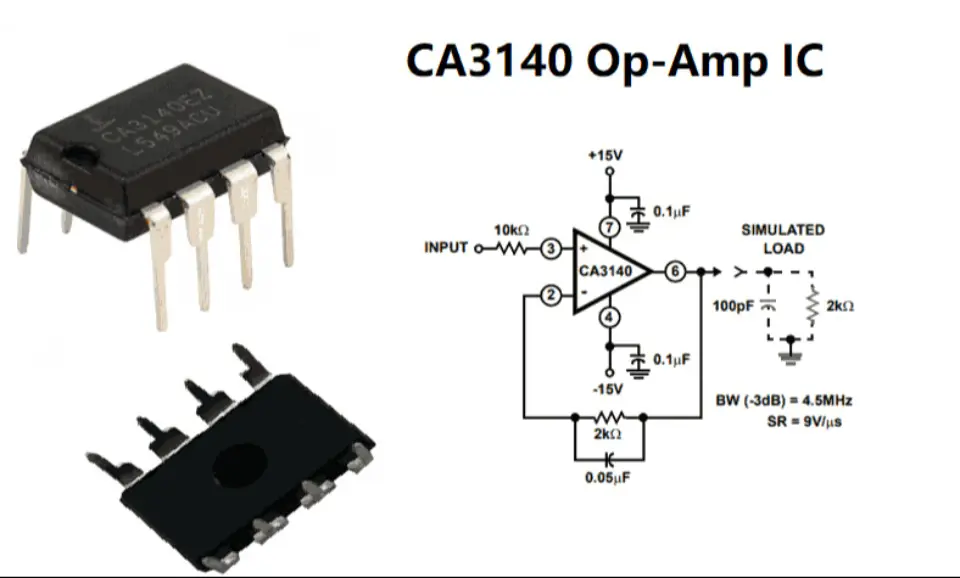
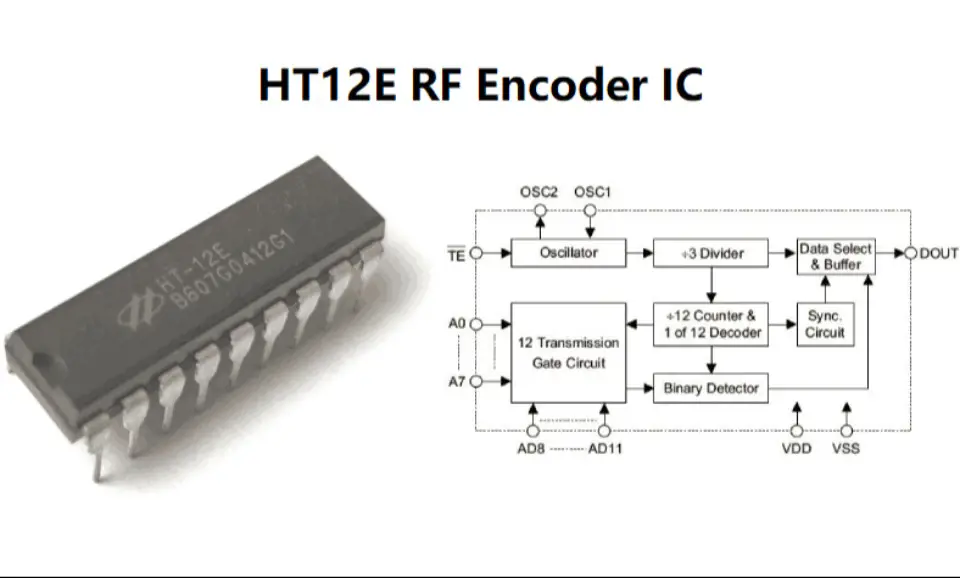
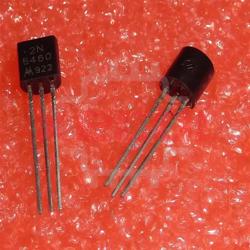
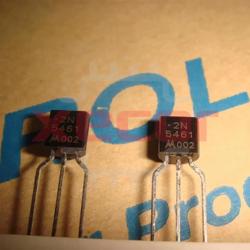
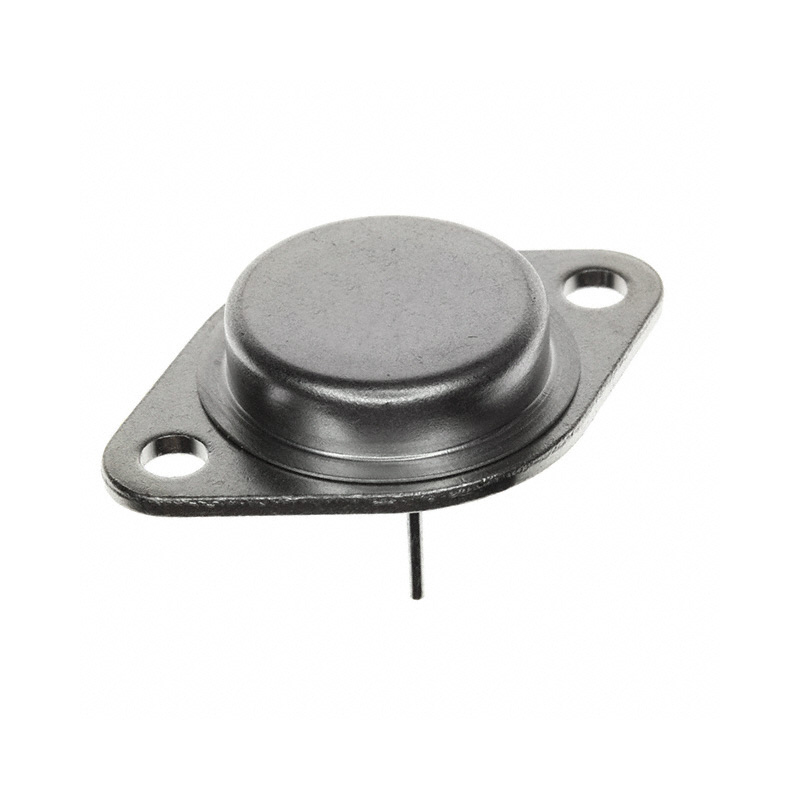
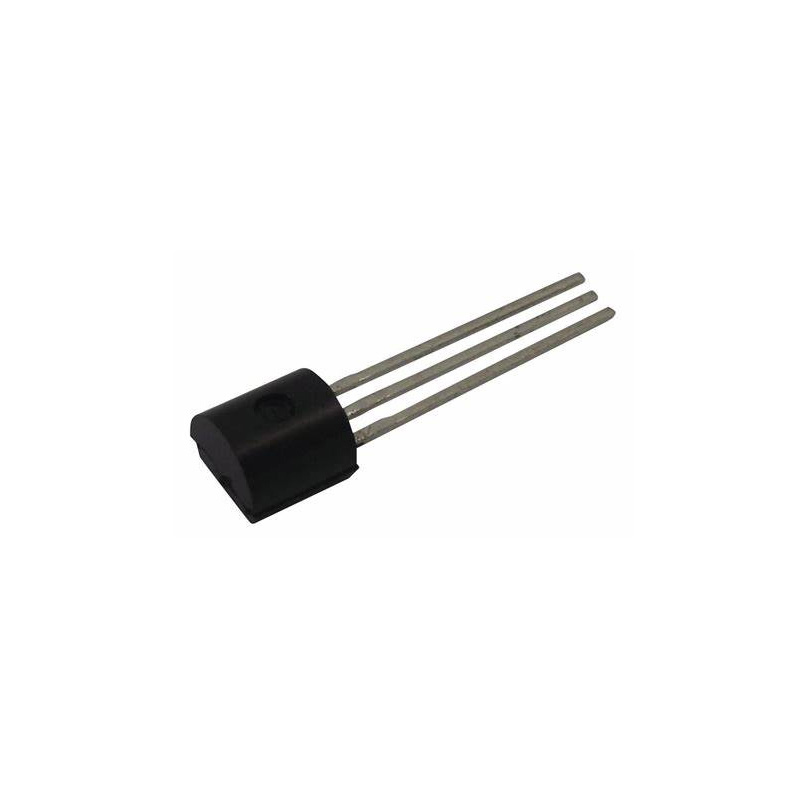
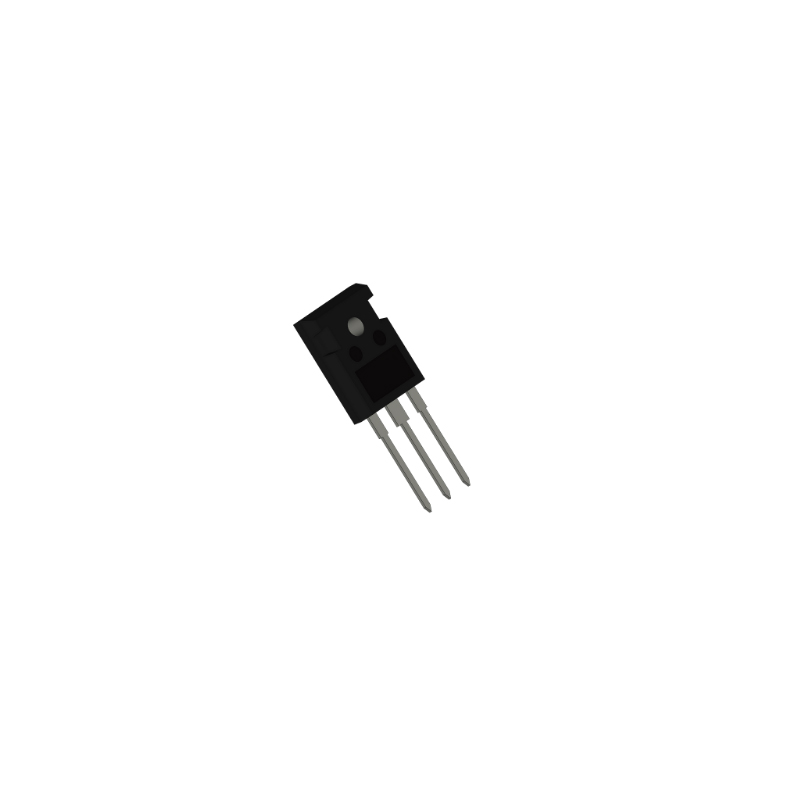
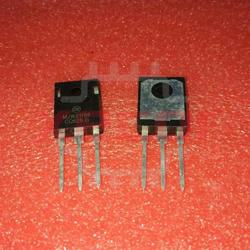
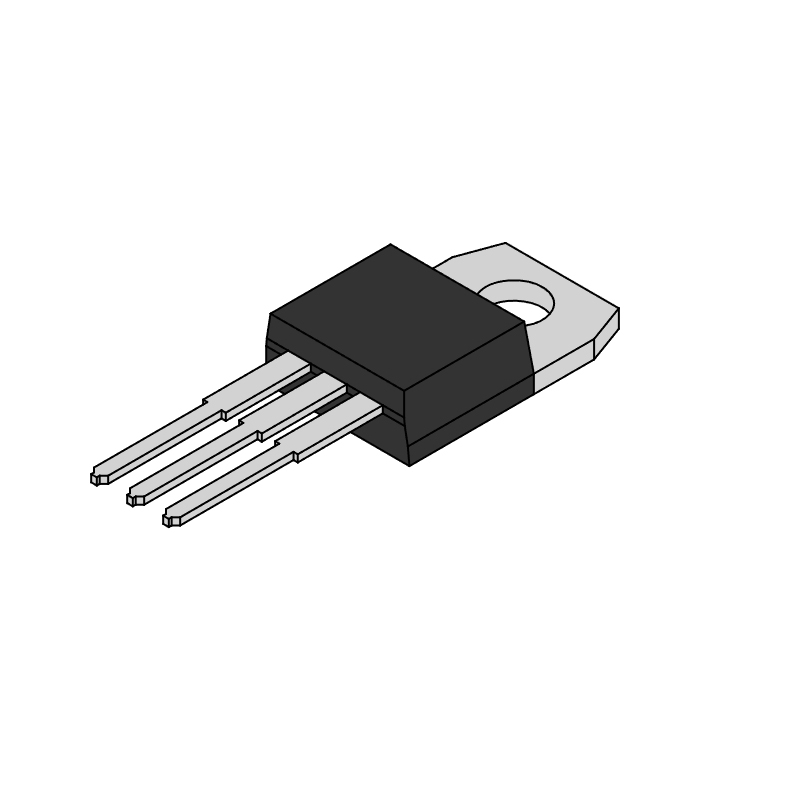

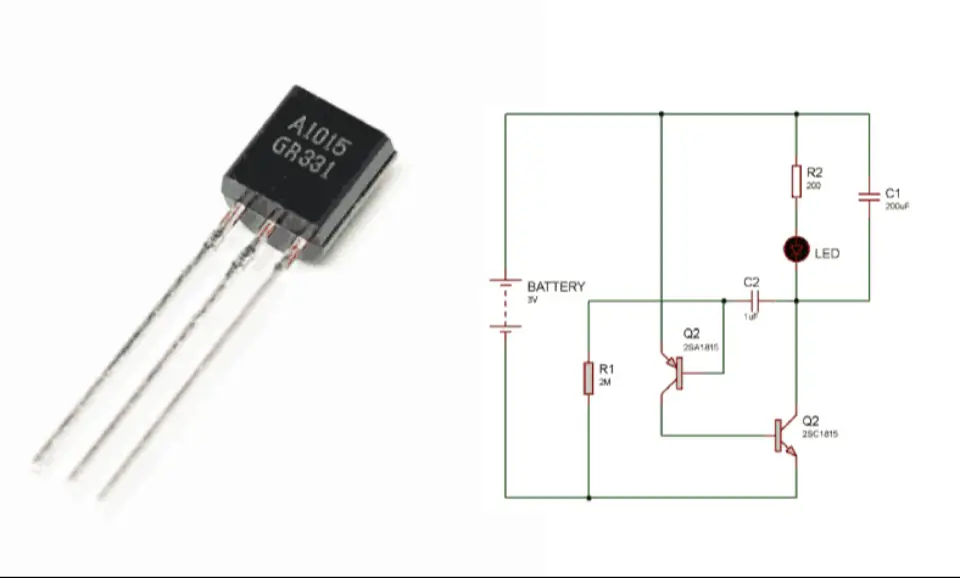
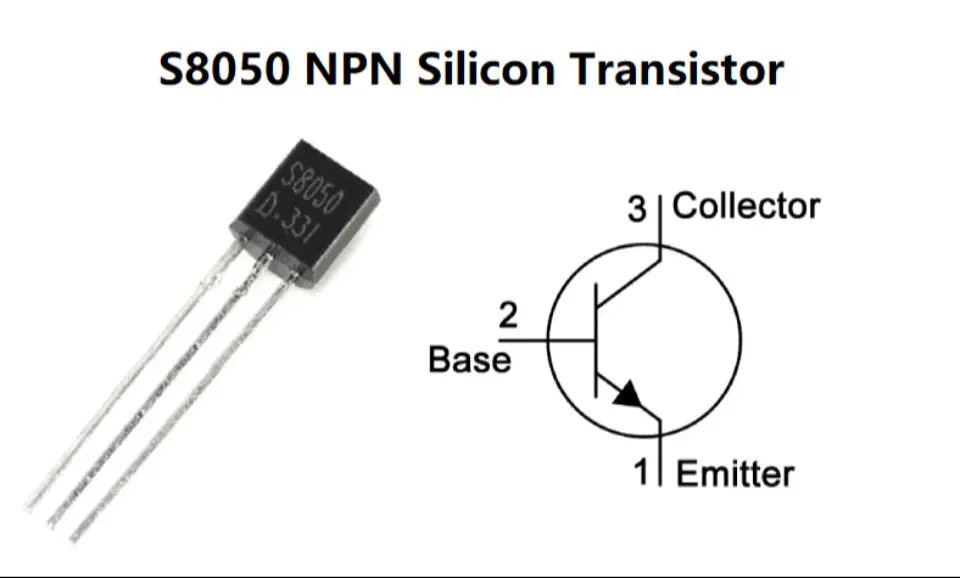
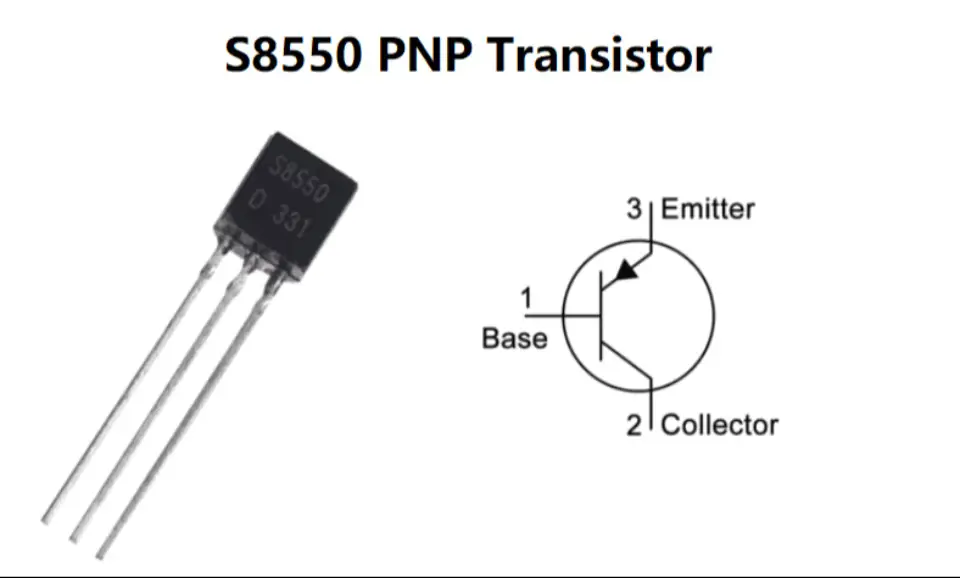
Still, need help? Contact Us: [email protected]